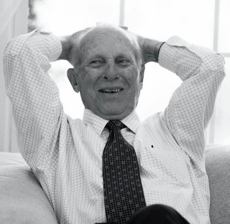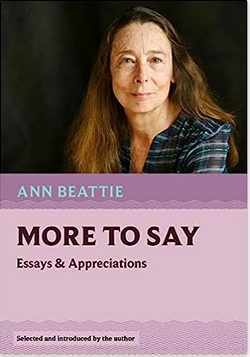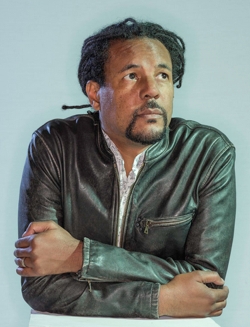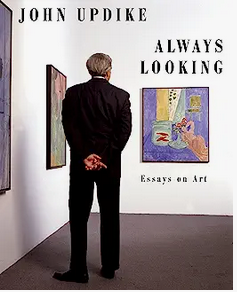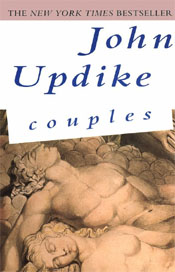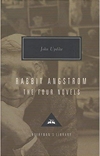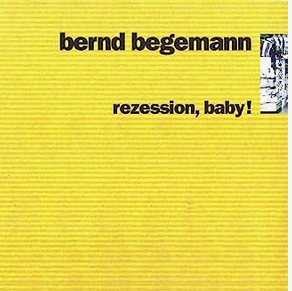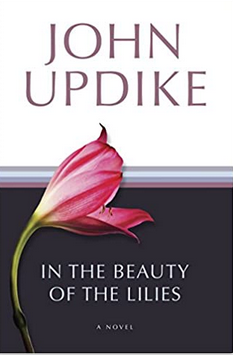America is more politically divided than ever, but it seems ironic that John Updike, who had been accused of being not political enough in his writing, recently turned up in a political column.
Writing for the blog PowerLine, Scott Johnson invoked Updike for an ed-op piece titled “Six Theses on Hunter Biden’s Plea Deal.” In a wryly written column, Johnson wrote, “We can see why President Biden is proud of his son. He’s not only the smartest person he knows—he’s smarter than President Biden, anyway—he has unbelievable skating ability. Having declared his knowledge of Hunter’s innocence of wrongdoing for several years now, President Biden can now praise Hunter’s endurance in the face of this great injustice. In the same sense, President Biden is innocent too! Only more so.
“One of John Updike’s stories about his alter ego Henry Bech is titled ‘Bech Third-Worlds It.’ (The story is collected in Bech Is Back.) The United States has been Third-Worlding it for a while now. With the federal indictment of President Trump pending in the documents case, the Hunter Biden case reminds us that our system of justice has devolved into a ritualized Third World farce. It is useful in that sense.”


